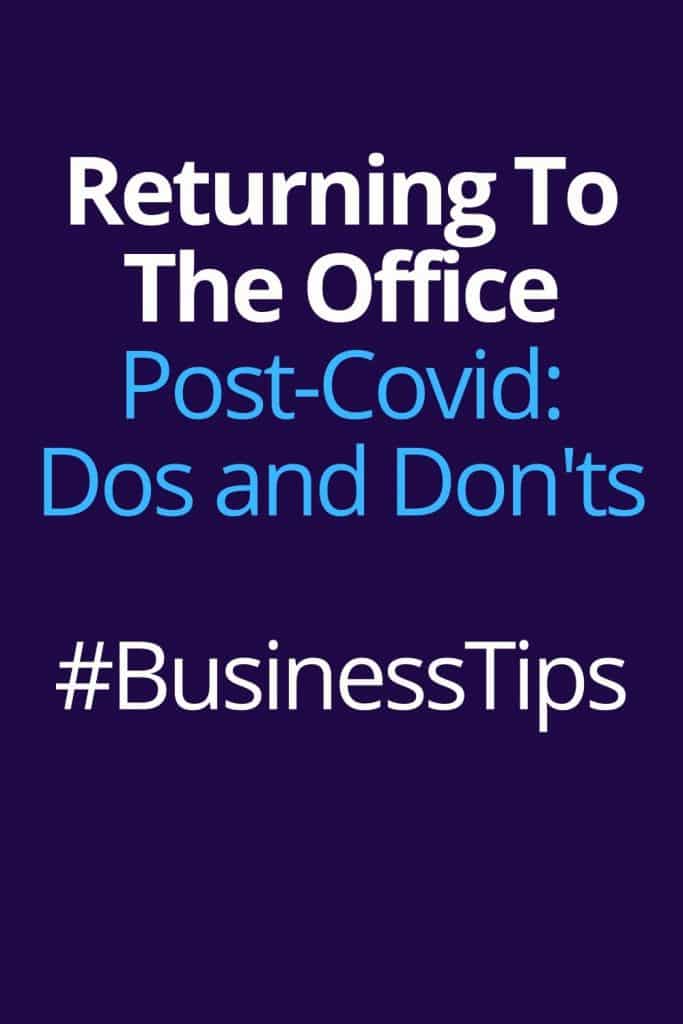The coronavirus crisis has exposed sooner than many of us expected the benefits and disadvantages of working from home. We will see, in the fullness of time, whether the process of telecommuting will replace the standard commute in our lives. However, in the absence of information to the contrary, it is fair to assume that before too long, much of the country’s office-based workforce may be expected to return to offices and call centres.
There are obvious questions to be answered with regard to how this is done. The answer must surely be “slowly and carefully” but, as we wait for the message to go back to the office, it is important to consider how the world of work will look when we do get back – and what we’ll need to do to ensure that we are as protected as we can be.

DO: Stagger any return to the office
Office-based work in normal times often involves packing a lot of people into a space that can accommodate them relatively comfortably, if not spaciously. It seems difficult to countenance conditions ever returning to what they were before, but if it is to happen at all, the return to “normality” is going to have to happen slowly. This means a few select staff returning first for work that cannot be done from home, and only increasing numbers when medical guidance recommends that this should happen.
DON’T: Pressurise staff who are reluctant
The most conservative estimates on cases and deaths from this virus have the number sitting at close to 40,000. In reality, it is probable that the actual toll is some 50% higher than that. We cannot know whether there will be a “second wave” as severe as this first one, but epidemiology suggests that to be a real possibility. We may never move to a genuine post-Covid landscape, but in any case, once things have settled to something like the pre-virus days, people are likely to still be uncomfortable with working in large groups. This discomfort should be accommodated and those concerns taken seriously.
DO: Look at your office layout
There is a very real possibility that any office returning to work will be somewhat less busy than it was before the crisis. Staff members may have chosen not to return, others may be permanently working from home. It may well feel and sound very different. Business owners may want to consider spacing things out more, adding social distancing space and speaking to acoustic consultants to change their office and avoid the sensation of a “ghost town”. This can have practical impacts and may well also be important from a psychological point of view.
DON’T: Get caught by surprise again
Few of us saw this whole crisis coming, even as the first stories of the virus’ spread beyond its initial geographical boundaries were hitting the airwaves. Other crises, even other pandemics, did not have the same impact and in the early days of this crisis it’s fair to assume that many of us thought this would be the same. For any business owner, this crisis makes clear one thing: we all need to be more prepared if anything like this happens again. Always have a playbook in future – let’s face it, we’ve had a crash course in some of the aspects of a global crisis, so we’ve got enough information to get started.
- DISCLOSURE – Please note that this post has been written by an outside source.



